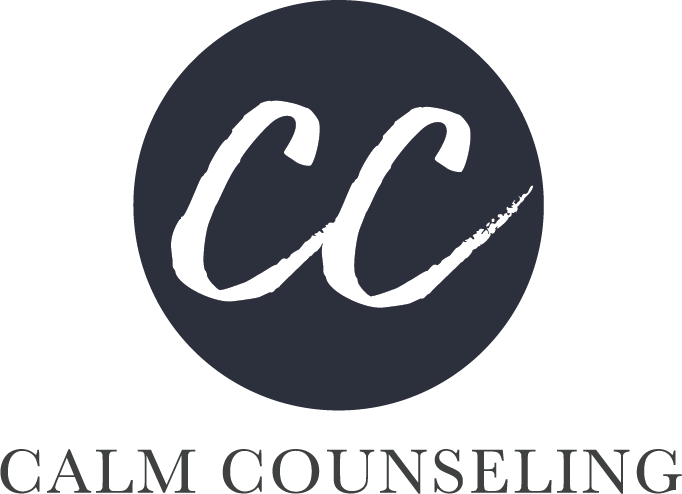Peace Meal: Attachment Styles and Eating Disorders
Kathryn Garland and Vanessa Scaringi join Peace Meal to discuss the connection between attachment styles and the development and maintenance of eating disorders. They first provide an overview of attachment theory, exploring how this framework can help us better understand the impact of early attachment experiences on our relationships with food and ourselves. Insecure attachment styles, they explain, are associated with eating disorders and can manifest in disordered behaviors and thoughts. Kathryn and Vanessa share how therapists can help patients address attachment-related issues and nurture secure connections with family and friends that support recovery.
Kathryn and Vanessa also dive into the impact of the pandemic on our ability to connect with others, which in turn has played a role in exacerbating disordered eating behaviors. In addition, they explain how a relational approach to eating disorder care can complement other treatment modalities, including cognitive behavior therapy (CBT) and dialectical behavior therapy (DBT). They end the episode by stressing the importance of connection to good mental health and encouraging those in recovery to take the time they need to nurture their relationships, both with others and themselves.
We cover:
How early attachment experiences impact our relationship with food, body, and self
The relationship between attachment styles and eating disorders
The impact of pandemic-related challenges on eating disorders
How therapists can help people nurture the secure attachments that aid in recovery
How a relational approach to therapy can complement other treatment modalities, including cognitive behavior therapy (CBT) and dialectical behavior therapy (DBT)
In Kathryn and Vanessa’s words:
Vanessa on the impact of attachment styles on relationships with food and body: “Your relationship with your caregivers and your attachment style is really symbolic of how you might interact with food and your body.”
Kathryn on tailoring care to each client: “That’s kind of the art of therapy, right?… Knowing when to kind of come in with a stronger approach or a kind of more gentle approach with people, depending on the client who comes in.”
Vanessa on those who think recovery isn’t possible for them: “Go slow… The ability to improve attachments—that’s gonna take a while… So, go slow, not putting a lot of pressure on yourself, and making sure you find a team that works for you, that you can see yourself going slow with.”


